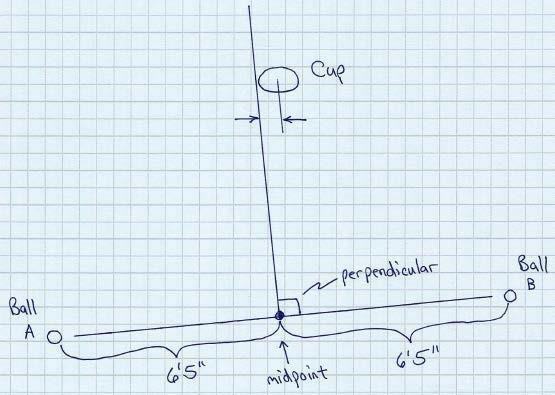Golf swings are often described as an art form, blending technique, power, and precision to achieve the desired result. However, behind the apparent simplicity of a swing lies a complex web of geometry and kinematics that dictate the motion of the club and the trajectory of the ball. Understanding these fundamental principles can greatly enhance a golfer’s performance on the course.
At the core of a successful golf swing is the concept of kinematics, which is the study of motion without considering the forces that cause it. Kinematics describes how the various parts of the body move during the swing, from the initial address position to the follow-through after impact. The goal is to achieve a coordinated sequence of movements that generates maximum clubhead speed and accuracy.
One of the key relationships in golf kinematics is the interaction between the body and the club. The body acts as a system of levers and hinges, transferring energy from the legs and core to the arms and hands, ultimately propelling the club through the impact zone. This transfer of energy occurs within a specific geometric framework determined by the body’s position relative to the ball and the target.
The geometry of a golf swing is intricately tied to the concept of the swing plane, which is the imaginary plane defined by the path of the club as it moves through the swing. The swing plane is a critical factor in determining the angle of attack, clubface orientation, and swing path, all of which influence the direction and distance of the ball.
To optimize the geometry of the swing, golfers must pay close attention to their posture, alignment, and rotation throughout the motion. A neutral spine angle, square shoulders, and proper weight distribution are essential for establishing a consistent swing plane and generating power efficiently. Additionally, the rotation of the body, particularly the hips and shoulders, plays a crucial role in maintaining a stable swing plane and delivering the club to the ball with precision.
Another important geometric consideration in golf is the concept of angle of attack, which refers to the angle at which the clubhead approaches the ball. A shallow angle of attack promotes a sweeping motion that produces higher launch angles and more distance, while a steep angle of attack results in a descending blow that imparts backspin and control. Finding the right balance between these two extremes is crucial for achieving optimal ball flight and trajectory.
In conclusion, the geometry and kinematics of a golf swing are intricate and interdependent elements that govern the motion of the club and the flight of the ball. By understanding and applying these principles, golfers can improve their consistency, power, and accuracy on the course. Through mindful practice and attention to detail, every golfer has the opportunity to unlock the potential of their swing and achieve greater success on the course.


































